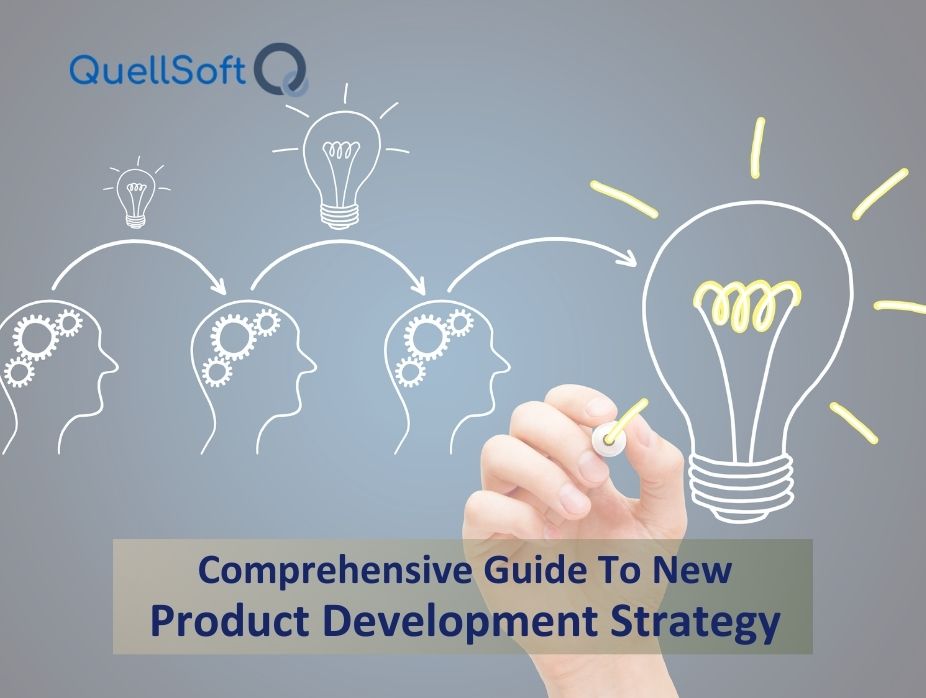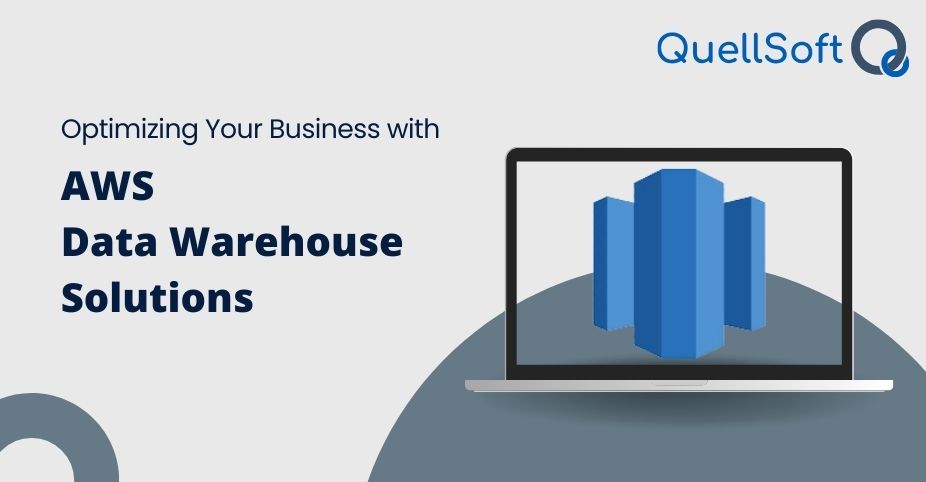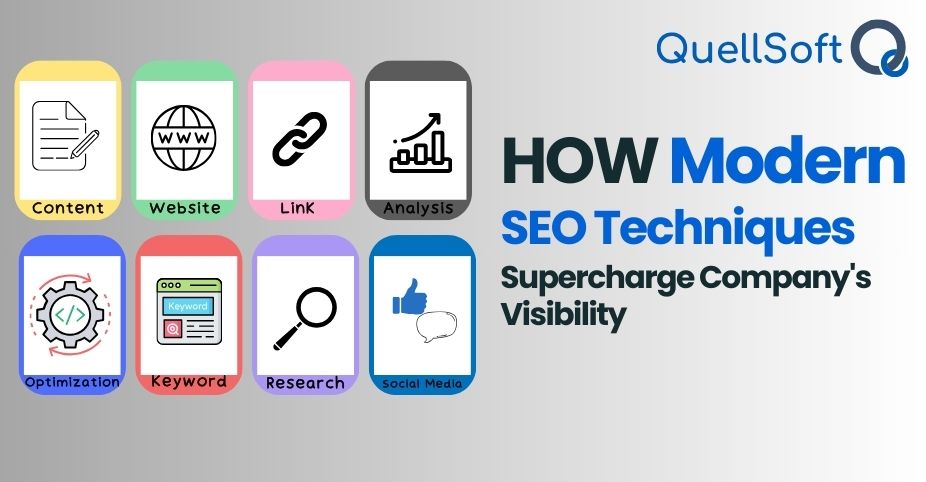
The Comprehensive Guide to New Product Development Strategy in Basking Ridge, NJ
Product development is the lifeblood of any thriving business. In Basking Ridge, NJ, companies are embracing innovative strategies to stay ahead of the competition. Understanding and implementing a robust new product development strategy can be the difference between a product’s success and failure. This guide will walk you through the essential elements of developing a successful product strategy, from ideation to market launch, focusing on the unique advantages and resources available in Basking Ridge, NJ.
Understanding New Product Development Strategy
New Product development strategy involves planning and managing the creation of new products. It encompasses everything from idea generation, design, and development to marketing and post-launch evaluation. A well-defined strategy helps businesses meet customer needs, stay ahead of market trends, and maintain a competitive edge.
Importance of a New Product Development Strategy
Having a clear new product development strategy is crucial for several reasons:
- Customer Focus: It ensures that the product meets the needs and preferences of the target market.
- Resource Management: It helps allocate resources effectively, preventing wastage and optimizing productivity.
- Risk Mitigation: A strategic approach allows for the identification and management of potential risks early in the development process.
- Market Positioning: It aids in positioning the product correctly in the market to maximize its appeal and sales potential.
Steps in the Product Development Journey
1. Idea Generation
The first step in the product development journey is brainstorming potential product ideas. This can be inspired by market research, customer feedback, competitor analysis, or internal brainstorming sessions. In Basking Ridge, companies often leverage local talent and innovation hubs to spark creativity.
2. Idea Screening
Once ideas are generated, they need to be evaluated to determine their feasibility. This involves assessing market potential, alignment with company goals, and resource requirements. Only the most promising ideas move forward to the next stage.
3. Concept Development and Testing
Developing a detailed product concept is crucial. This involves outlining the product features, benefits, and market positioning. Concept testing with potential customers provides valuable feedback that can refine the idea before significant resources are invested.
4. Business Analysis
A thorough business analysis evaluates the financial viability of the product. This includes cost estimation, sales forecasting, and profitability analysis. This step ensures that the product aligns with the company’s financial goals.
5. Product Development
This phase involves the actual creation of the product. It includes detailed design, engineering, and prototype website development company. Oue QuellSoft often collaborate with local development firms and use advanced technologies to streamline this process.
6. Market Testing
Before a full-scale launch, market testing is essential. This can be done through pilot programs or limited releases to gather real-world feedback. Adjustments are made based on this feedback to enhance the product’s market fit.
7. Commercialization
The final stage is the full-scale launch of the product. This involves mass production, distribution, and marketing efforts. A robust marketing strategy is crucial to ensure the product reaches its target audience effectively.
8. Post-Launch Evaluation
After the product is launched, continuous monitoring and evaluation are necessary. This includes tracking sales performance, customer feedback, and market trends. Post-launch evaluation helps identify areas for improvement and guides future product development efforts.
Product Strategy Workshop in Basking Ridge, NJ
Conducting a product strategy workshop can be incredibly beneficial for businesses in Basking Ridge. These workshops bring together key stakeholders to collaborate on developing a comprehensive product strategy. They typically cover:
- Market Analysis: Understanding the current market landscape and identifying opportunities.
- Customer Insights: Gathering and analyzing customer data to inform product decisions.
- Competitive Analysis: Evaluating competitors’ products and strategies.
- Innovation Techniques: Exploring creative methods to generate and refine product ideas.
- Strategic Planning: Developing a detailed roadmap for product development and launch.
These workshops provide a structured environment for strategic thinking and collaboration, ensuring that all aspects of new product development strategy are thoroughly considered.
New Product Development Strategy
Developing a new product development strategy is a critical component of maintaining a competitive edge. Here are key elements to consider:
Customer-Centric Approach
Placing the customer at the center of the development process ensures that the product meets their needs and preferences. This involves regular engagement with customers through surveys, focus groups, and user testing.
Agile Methodology
Using an agile methodology allows for flexibility and iterative improvements. This approach involves regular feedback loops and adjustments based on real-time data, leading to a more refined final product.
Cross-Functional Teams
Bringing together cross-functional teams from marketing, engineering, design, and sales ensures a holistic approach to new product development strategy. Each team contributes unique insights and expertise, leading to a well-rounded product.
Technological Integration
Leveraging the latest technologies can enhance the development process. This includes using advanced analytics, machine learning, and digital prototyping tools to streamline workflows and improve product quality.
Product Innovation Strategy
Innovation is at the heart of successful product development. A robust product innovation strategy focuses on creating unique and valuable products that stand out in the market. Key components include:
Continuous Research and Development (R&D)
Investing in continuous R&D ensures that the company stays ahead of technological advancements and market trends. This involves regular innovation sprints and dedicated R&D teams.
Open Innovation
Collaborating with external partners, such as universities, research institutions, and other businesses, can drive innovation. Open innovation allows for the exchange of ideas and resources, leading to breakthrough products.
Market Disruption
Aiming to disrupt the market with groundbreaking products can position a company as an industry leader. This involves identifying unmet needs and developing innovative solutions that address these gaps.
Product Development Mapping
Product development mapping is a strategic tool that outlines the entire development process. It provides a visual representation of each stage, helping teams stay organized and aligned. Key elements of product development mapping include:
Timeline
Mapping out a timeline for each phase of product development ensures that the project stays on track. This includes setting milestones and deadlines for key activities.
Resource Allocation
Identifying and allocating resources, including personnel, budget, and technology, is crucial for efficient project management. This ensures that all necessary resources are available when needed.
Risk Management
Incorporating risk management strategies into the development map helps identify potential obstacles and develop contingency plans. This proactive approach minimizes disruptions and keeps the project on course.
Performance Metrics
Establishing performance metrics allows for the continuous evaluation of the new product development strategy process. This includes tracking key performance indicators (KPIs) such as time-to-market, cost efficiency, and customer satisfaction.
Benefits of a Strong Product Development Strategy
Implementing a robust new product development strategy offers numerous benefits:
- Improved Market Positioning: A well-developed product strategy helps position the product effectively in the market, enhancing its appeal to customers.
- Increased Efficiency: Streamlined processes and resource management lead to more efficient product development cycles.
- Higher Profitability: By aligning new product development strategy with market demand and financial goals, companies can achieve higher profitability.
- Enhanced Customer Satisfaction: Products that meet customer needs and preferences result in higher customer satisfaction and loyalty.
- Competitive Advantage: A strong new product development strategy helps businesses stay ahead of competitors by continually delivering innovative and valuable products.
Conclusion
A comprehensive new product development strategy is essential for businesses aiming to thrive in today’s competitive market. QuellSoft in Basking Ridge, NJ, companies are leveraging local resources and innovative approaches to create successful products. By following a structured product development journey, conducting strategy workshops, and focusing on customer-centric and innovative approaches, businesses can enhance their market position and achieve long-term success. Whether you are a startup or an established company, investing in a robust product development strategy will pave the way for growth and profitability. You can also share your requirements with us on Facebook and Instagram.
Talk to Our Experts!
Frequently Asked Questions - FAQs
-
What is the new product development strategy?
A new product development strategy is a framework for designing, testing, and launching innovative products to meet market needs and business goals. QuellSoft specializes in creating strategies tailored to your industry, ensuring streamlined processes and market success.
-
What are the 7 stages of a new product development process?
The 7 stages are idea generation, idea screening, concept development, market strategy, product development, market testing, and commercialization. QuellSoft provides end-to-end support to ensure each stage is effectively executed for maximum ROI.
-
What is the NPD strategy?
The NPD (New Product Development) strategy is a comprehensive approach to creating products that meet market demands while minimizing risks. QuellSoft applies proven methodologies to help businesses develop competitive products efficiently.
-
What are the 3 types of new product strategies?
The three types are market penetration (enhancing existing products), market development (targeting new markets), and diversification (creating completely new products). QuellSoft helps identify the best strategy based on your goals and market trends.
-
What are the 5 major stages of product development?
The five stages are ideation, research and development, prototyping, testing, and launch. QuellSoft’s expertise ensures a seamless transition through these stages, delivering high-quality products that resonate with your audience.



